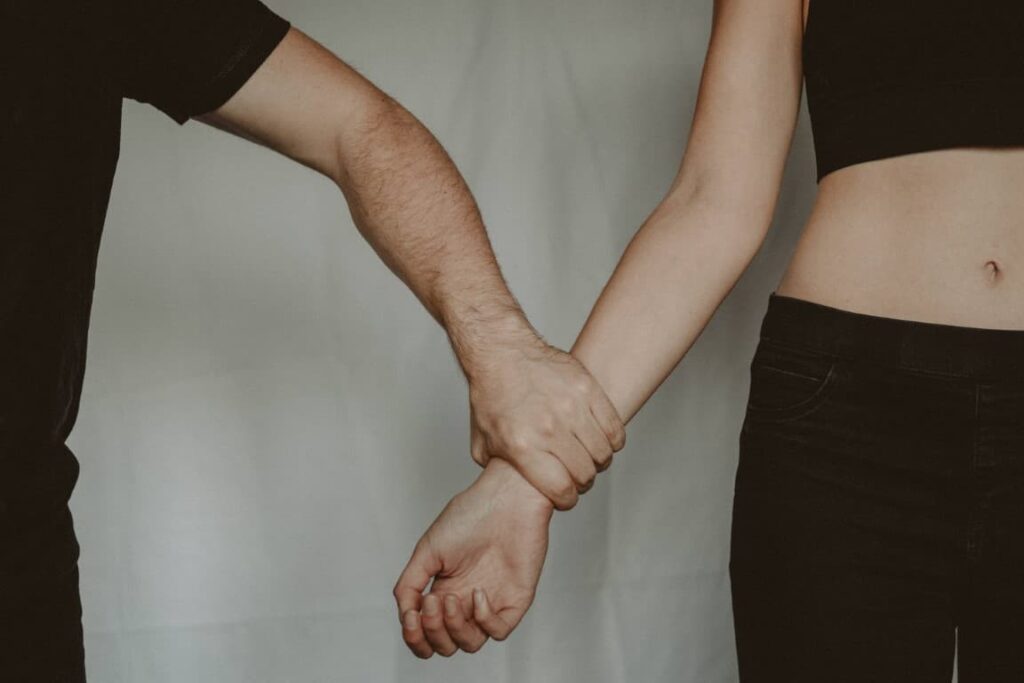Immoral trafficking laws in India primarily pertain to the prohibition and punishment of activities related to human trafficking, which includes the trafficking of women and children for commercial sexual exploitation, forced labour, or other forms of exploitation. The main legislative framework addressing this issue is the Immoral Traffic (Prevention) Act, 1956, which was enacted to curb the menace of human trafficking and related offenses.

Under this Act, various forms of immoral trafficking are prohibited, and severe penalties are prescribed for those involved in such activities. The law seeks to protect the dignity and rights of vulnerable individuals who often fall victim to trafficking networks. The Act provides for the establishment of special courts for speedy trials and the rehabilitation of victims.
Several landmark judgments have played a crucial role in shaping and interpreting the provisions of this Act:
Gaurav Jain vs. Union of India (1997): This case led to the introduction of the concept of “rescue and rehabilitation” of victims of trafficking. The Hon’ble Supreme Court emphasized the importance of not treating victims as criminals and directed the establishment of protective homes for their rehabilitation.
Bachpan Bachao Andolan vs. Union of India (2011): This case was a milestone in addressing child trafficking. The Hon’ble Supreme Court laid down guidelines for the rescue, rehabilitation, and repatriation of trafficked children. It also highlighted the necessity of proper implementation and monitoring mechanisms.
Vishal Jeet vs. Union of India (2016): This case focused on the issue of cross-border trafficking. The Hon’ble Supreme Court emphasized the need for cooperation between countries to combat trafficking and directed the government to establish a bilateral mechanism with neighbouring countries for better coordination.
Pramod Mandal vs. State of Bihar (2018): This case highlighted the importance of investigating and prosecuting cases of trafficking promptly. The Hon’ble Supreme Court reiterated the need for a time-bound trial and emphasized that any delay in justice would defeat the purpose of the legislation.
Shakti Vahini vs. Union of India (2018): This case highlighted the issue of online trafficking and cybercrime. The Hon’ble Supreme Court directed the government to create a dedicated portal for reporting instances of trafficking and missing children. It also emphasized the need for training law enforcement agencies to handle cyber-related trafficking.

These landmark judgments reflect the evolving nature of human trafficking in India and the judiciary’s efforts to address the challenges posed by this heinous crime. The immorality trafficking laws and associated judgments collectively aim to protect the rights and dignity of the most vulnerable members of society and bring perpetrators to justice.
This page is still under development. We are working hard to add more content and make it even more awesome.
This page is still under development. We are working hard to add more content and make it even more awesome.
This page is still under development. We are working hard to add more content and make it even more awesome.
This page is still under development. We are working hard to add more content and make it even more awesome.
This page is still under development. We are working hard to add more content and make it even more awesome.
WhatsApp us